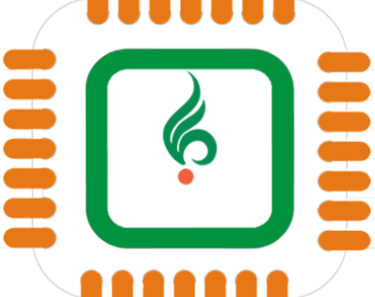Beating Clock Jitter with Infinisim
Discover how Infinisim helps chip designers tackle clock jitter, unlock full performance, and gain a competitive edge in today’s high-stakes semiconductor market.
5/28/20253 min read


How Infinisim Transforms Clock Jitter into a Competitive Advantage for Semiconductor Companies
In the world of advanced semiconductor design, we often celebrate progress in nanometers, clock speeds, and transistor counts. But behind these cutting-edge innovations lies an invisible factor that can make or break a chip’s success—clock jitter.
At first glance, clock jitter seems like just another technical detail—a small fluctuation in the timing of a clock signal. But dig a little deeper, and you’ll discover that jitter silently affects everything from chip performance to yield, and even the profitability of your product. That’s the story Infinisim is telling—and more importantly, solving.
The Hidden Enemy: Clock Jitter
As process nodes shrink and chips grow more complex, designers are navigating a tighter and riskier performance envelope. Lower supply voltages and faster frequencies are today’s norm, but they also introduce new vulnerabilities. One of the biggest yet often underestimated threats is clock jitter—the deviation of a clock signal from its ideal timing.
These small timing variations may sound harmless, but they can trigger catastrophic consequences in high-performance designs: from missed timing paths and slower clock speeds to lower manufacturing yield and degraded reliability over time.
Design teams have long known this. The conventional solution? Widen the design margins—essentially, play it safe. But while that reduces risk, it also means leaving significant performance and efficiency on the table. And in today’s competitive semiconductor market, that’s no longer an acceptable trade-off.
Why Traditional Methods Aren’t Enough
Identifying and fixing jitter-related issues using traditional EDA tools has always been difficult. The reason? Modeling clock jitter accurately across an entire SoC demands SPICE-level precision and must account for countless variables—like the power delivery network (PDN), phase-locked loop (PLL) variations, and noise coupling. This isn’t something that can be solved with a few simulations or simplified models.
Trying to cover all scenarios with legacy tools becomes an exercise in compromise: either sacrifice accuracy, or sacrifice time—both of which lead to design decisions based on best guesses rather than solid data.
So, most teams resort to overly conservative design margins. But those margins slow down the chip, lower its competitiveness, and reduce the return on expensive process technologies like 5nm or 3nm. In some cases, the cost of these inefficiencies can run into millions of dollars over a product’s lifecycle.
The Infinisim Approach: Accuracy Meets Speed
This is where Infinisim comes into play—bringing a refreshing and much-needed transformation to SoC clock verification.
Infinisim’s platform delivers high-resolution, full-chip clock analysis that captures the smallest sources of jitter with unmatched SPICE-level accuracy. It simulates real-world scenarios across the entire PDN and clock tree, enabling designers to:
Pinpoint jitter at the source
Quantify its impact precisely
Optimize designs without padding margins
What this means is simple but powerful: you no longer need to “guess safe.” You can design aggressively and accurately—knowing exactly where the limits are, and how far you can push performance without sacrificing yield or reliability.
This capability becomes especially important at advanced process nodes, where every picosecond counts and where traditional methods simply can’t keep up. Infinisim doesn’t just solve for jitter—it enables first-time silicon success, higher throughput, and a faster time to market.
From Engineering Wins to Business Results
The ripple effects of better clocking strategies go far beyond the engineering team. Infinisim’s recent white paper highlights just how much lifetime profitability is impacted by clock jitter—and how companies that proactively address it gain a serious competitive edge.
When you eliminate unnecessary design margins:
You achieve higher chip performance.
You reduce time and cost associated with re-spins.
You improve your ability to meet product launch timelines.
You fully utilize the capabilities of expensive leading-edge nodes.
That’s not just technical success—it’s strategic advantage. In a market where differentiation is razor-thin, this edge can mean winning or losing market share.
The Future Belongs to Bold Designers
Designing faster, smaller, and smarter chips isn’t just about the next node. It’s about rethinking what’s possible—and eliminating the invisible barriers holding us back.
Clock jitter is one of those barriers. For years, it was accepted as an unavoidable side effect of complexity. Today, thanks to Infinisim, it’s a solvable problem. And solving it doesn’t just make your design better—it makes your business stronger.
Infinisim enables design teams to reclaim the margins, unlock performance, and outpace the competition. In an industry where innovation is everything, that’s the kind of edge every company should strive for.
Source - Semiwiki
QUICK LINKS
NEIL RAO TOWERS, 117 & 118, Rd Number 3, Vijayanagar, EPIP Zone, Whitefield, Bengaluru, Karnataka 560066
200/2, Tada Kandriga, Tada Mandalam, Tirupati District - 524401
Locations

